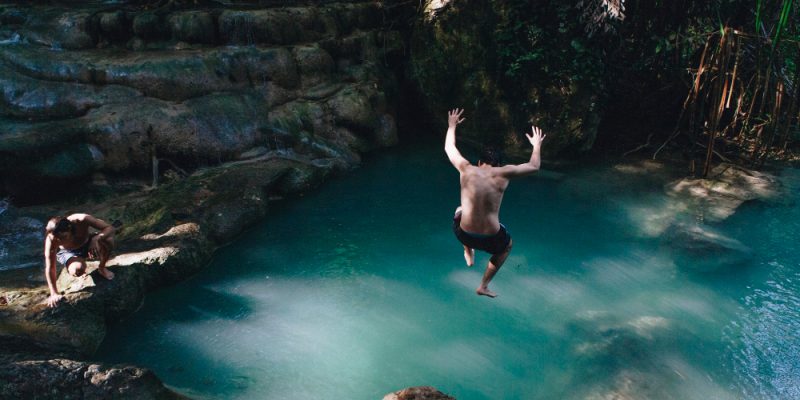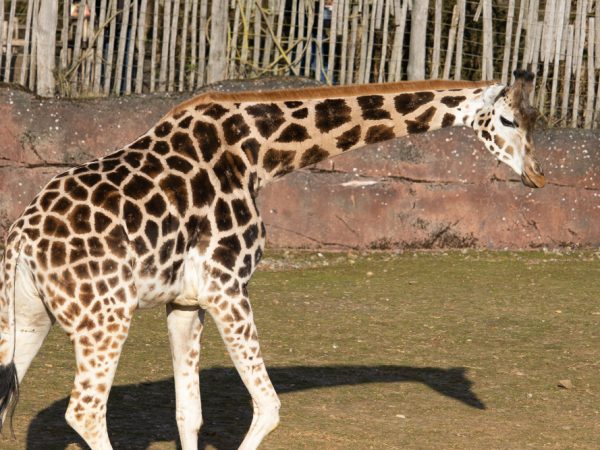Sumatra Indonesia: 10 Hidden Gems You Need to Explore

Sumatra, Indonesia, is a paradise of untamed nature, rich culture, and breathtaking landscapes. While Bali and Java often steal the spotlight, Sumatra remains a hidden gem waiting to be explored. Beyond its famous attractions like Lake Toba and Bukit Lawang, this vast island harbors lesser-known treasures that offer unforgettable adventures. Here are 10 hidden gems in Sumatra that you need to explore.
1. Harau Valley – The ‘Yosemite of Indonesia’
Nestled in West Sumatra, Harau Valley is a stunning canyon with dramatic cliffs, lush rice fields, and cascading waterfalls. Often compared to Yosemite National Park, this hidden gem is perfect for hiking, rock climbing, and immersing yourself in nature. Visitors can stay in traditional Minangkabau homestays and experience local culture while enjoying the serene atmosphere.
2. Cubadak Island – A Secluded Tropical Retreat
Cubadak Island, off the coast of West Sumatra, is an unspoiled paradise featuring white sandy beaches, crystal-clear waters, and rich marine biodiversity. It is an excellent spot for snorkeling, diving, and simply unwinding in a tranquil environment. The island has limited accommodations, making it ideal for those looking to escape the crowds.
3. Gunung Leuser National Park – The Orangutan Sanctuary
While Bukit Lawang is well-known for its orangutan population, the deeper sections of Gunung Leuser National Park remain largely unexplored. Trekking into the heart of the park provides a chance to see wild orangutans, gibbons, and even Sumatran tigers. Adventurous travelers can embark on multi-day jungle treks and camp under the stars in this biodiverse rainforest.
4. Mandeh Islands – The ‘Raja Ampat’ of Sumatra
Often called the ‘Raja Ampat of the West,’ the Mandeh Islands in West Sumatra boast turquoise waters, lush green hills, and spectacular coral reefs. The area offers fantastic opportunities for island hopping, snorkeling, and kayaking. Since it remains relatively undiscovered by tourists, visitors can enjoy its beauty in peace.
5. Nias Island – Surfing and Megalithic Culture
Nias Island, located off Sumatra’s western coast, is famous for its world-class surf breaks and unique megalithic traditions. Sorake Bay attracts surfers from around the world with its consistent waves, while the island’s traditional villages showcase ancient stone structures and fascinating cultural practices. Visiting Nias is a step back in time to experience an untouched way of life.
6. Kerinci Seblat National Park – Sumatra’s Highest Volcano
Home to Mount Kerinci, Sumatra’s highest volcano, this national park offers thrilling hiking trails and breathtaking views. The park is also a haven for wildlife enthusiasts, with sightings of Sumatran tigers, elephants, and rare birds. The challenging trek to the summit rewards climbers with a stunning sunrise and panoramic vistas of the surrounding rainforest.
7. Tangkahan – The Hidden Elephant Haven
Tangkahan, a remote village on the edge of Gunung Leuser National Park, is a peaceful sanctuary where visitors can interact with Sumatran elephants in an ethical setting. Unlike touristy elephant parks, Tangkahan focuses on conservation, allowing visitors to bathe and observe elephants in their natural habitat. The village also offers river tubing and jungle trekking experiences.
8. Lake Maninjau – A Volcanic Crater Lake
Lake Maninjau, located in West Sumatra, is a stunning volcanic crater lake surrounded by rolling hills and picturesque villages. The area is perfect for cycling, fishing, and relaxing by the lakeside. The journey to the lake via the winding Kelok 44 road offers spectacular views and an exhilarating experience for adventure seekers.
9. Mentawai Islands – Indigenous Tribes and Surfing Paradise
The Mentawai Islands are famous for two things: their indigenous Mentawai tribes and world-class surf spots. The islands are home to some of the best waves in the world, attracting surfers year-round. Beyond surfing, visitors can immerse themselves in the traditional way of life of the Mentawai people, learning about their animistic beliefs, hunting techniques, and tattoo culture.
10. Belitung Island – Granite Rock Beaches and Blue Lagoons
Belitung Island, off the east coast of Sumatra, is known for its unique granite rock formations, pristine beaches, and crystal-clear waters. The island’s turquoise lagoons and stunning landscapes make it a dream destination for photographers and nature lovers. Island hopping to nearby Lengkuas Island, with its historic lighthouse and vibrant marine life, adds to the adventure.
Conclusion
Sumatra is a treasure trove of natural wonders, cultural richness, and thrilling adventures. These 10 hidden gems offer a glimpse into the island’s untouched beauty and diverse experiences. Whether you’re a nature enthusiast, a culture seeker, or an adventure lover, Sumatra has something unique to offer. Now is the perfect time to explore this underrated paradise before it becomes a mainstream destination.
FAQs
1. When is the best time to visit Sumatra?
The best time to visit Sumatra is during the dry season, from May to September, when the weather is ideal for outdoor activities and exploring the island’s natural wonders.
2. How do I get to these hidden gems in Sumatra?
Most of these locations can be accessed via domestic flights from Jakarta or Medan, followed by local transportation such as boats, buses, or private cars.
3. Is Sumatra safe for travelers?
Yes, Sumatra is generally safe for travelers. However, it’s important to take standard precautions, such as respecting local customs, avoiding remote areas at night, and being mindful of wildlife in national parks.
4. What is the best way to explore Sumatra?
The best way to explore Sumatra is by renting a motorbike or hiring a private driver, as public transportation can be limited in remote areas.
5. Do I need a visa to visit Sumatra?
Indonesia offers a visa-free entry for many countries for stays up to 30 days. However, it’s always best to check the latest visa regulations before traveling.
Also read : Stuff to Bring to the Tundra: 10 Essential Items for an Unbeatable Survival











